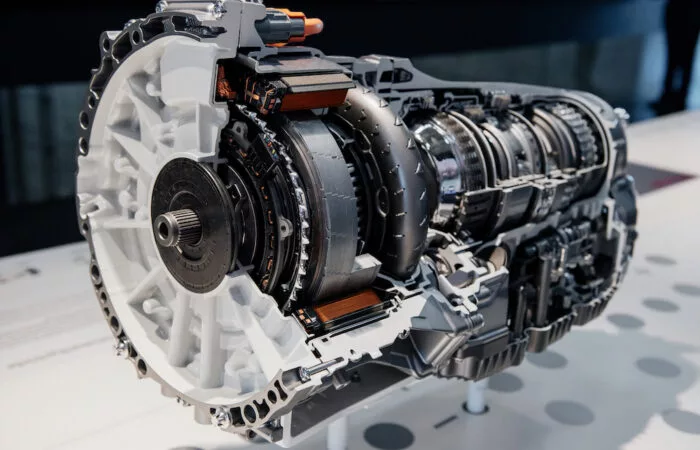In the intricate world of automobiles, the transmission serves as a crucial component, dictating how power from the engine is delivered to the wheels. The diverse range of transmission systems available today reflects the evolving needs of drivers, spanning from enthusiasts seeking control to everyday commuters prioritizing ease of use. In this article, we explore the various types of transmissions that power vehicles on roads around the world.

1. Manual Transmission: Mastering the Art of Control
Overview: The manual transmission, also known as a stick shift, empowers drivers with direct control over gear selection. It consists of a gear stick and a clutch pedal, allowing the driver to manually engage and disengage gears.
Operation: To shift gears, the driver depresses the clutch pedal, disconnecting the engine from the transmission. After selecting the desired gear with the gear stick, releasing the clutch re-engages the engine, propelling the vehicle forward.
Advantages: Manual transmissions offer a hands-on driving experience and are often favored by those who relish the art of driving. Additionally, they can contribute to better fuel efficiency in certain situations.
2. Automatic Transmission: The Effortless Cruise
Overview: Automatic transmissions eliminate the need for manual gear changes, employing a torque converter to manage the connection between the engine and the transmission.
Operation: Gears are selected automatically based on the vehicle’s speed, load, and driver inputs. Drivers simply need to shift between park, reverse, neutral, and drive, and the transmission handles the rest.
Advantages: Renowned for ease of use, automatic transmissions are particularly popular in urban environments and among drivers seeking a more relaxed driving experience.
3. CVT (Continuously Variable Transmission): Seamlessly Adapting to Any Speed
Overview: CVTs forgo traditional gears and use a belt and pulley system to provide an infinite number of gear ratios within a specific range.
Operation: Instead of fixed gears, CVTs smoothly adjust the transmission ratio, ensuring the engine operates at its most efficient level for any given speed.
Advantages: CVTs offer a seamless driving experience with smooth acceleration. They are prized for optimizing fuel efficiency by keeping the engine in its most efficient operating range.
4. Automated Manual Transmission (AMT): A Fusion of Control and Convenience
Overview: AMTs blend manual and automatic transmission features, using a computerized system to control the clutch and gear shifting.
Operation: Drivers can manually shift gears without operating a clutch, or they can opt for automatic mode, where the system manages gear changes.
Advantages: AMTs offer a compromise between the control of a manual transmission and the convenience of an automatic, often at a lower production cost.
5. Dual-Clutch Transmission (DCT): Speeding into the Future
Overview: DCTs feature two separate clutches—one for odd gears and one for even gears—enabling rapid gear changes.
Operation: While driving in one gear, the next gear is pre-selected, allowing for quick and smooth shifts by alternating between clutches.
Advantages: DCTs provide lightning-fast gear changes, enhancing both performance and fuel efficiency. They have become a popular choice in high-performance and sport-oriented vehicles.
6. Hybrid Transmission: Marrying Combustion and Electricity
Overview: Hybrid vehicles utilize a combination of an internal combustion engine and an electric motor. Different types of hybrid transmissions, including series, parallel, and power-split hybrids, manage the integration of these power sources.
Operation: The transmission coordinates the power from both the engine and the electric motor to optimize fuel efficiency and performance.
Advantages: Hybrid transmissions contribute to improved fuel efficiency and reduced emissions by allowing the vehicle to operate in electric-only mode at lower speeds.
Conclusion: Steering Towards the Future
As technology advances and environmental concerns shape the automotive landscape, the evolution of transmissions continues. From the hands-on engagement of manual transmissions to the seamless operation of CVTs and the high-performance capabilities of DCTs, each transmission type offers a unique driving experience. The future promises further innovations, with electric and hybrid technologies influencing the next generation of transmissions. Ultimately, the diverse array of transmission options allows drivers to tailor their choice to match their preferences and driving needs, ensuring a smooth journey on the roads ahead.
